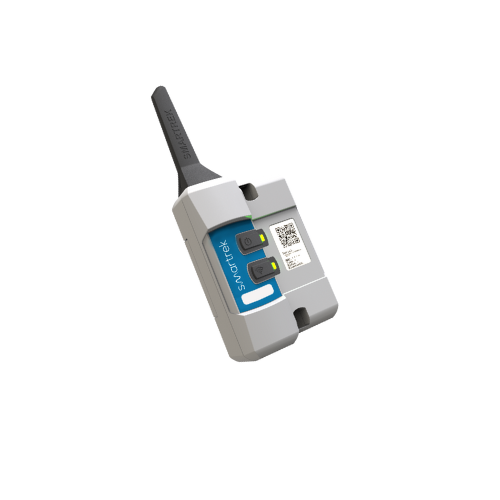
Overflows, a growing concern
Municipalities can be confronted with flooding and overflow due to a number of factors, such as poorly maintained infrastructure, inadequate drainage systems, and excessive urbanization. Furthermore, climate change, including increased precipitation, can put additional pressure on existing infrastructure and lead to flooding and overflows. Overflows can also occur due to extreme weather conditions, snow melt, a saturation of soil and sewer systems or pump failures, debris blocking sewers, or problems with discharge control devices.
Implementing a monitoring system for infrastructure is essential to detect and respond to overflows and anomalies rapidly. Effective surveillance will help municipalities prevent and manage overflows by monitoring water levels, flows, and return flows, detecting leaks, and monitoring drainage systems. Proper infrastructure monitoring also allows for controlling and maintaining existing infrastructure, so drainage systems can be repaired or improved to withstand overflows better. Finally, it assists municipalities in better planning and taking measures to mitigate the effects of future overflows.
Many municipal sewer systems are aging and in need of repair or replacement. This can be costly and difficult to manage.
Combined Sewer Overflows (CSOs): During heavy rainfall, CSOs can occur when stormwater and wastewater mix in an overloaded system and are discharged into nearby waterways. Moreover, this phenomenon can be a significant source of pollution.
Sanitary Sewer Overflows (SSOs): SSOs occur when wastewater is discharged directly into local water bodies due to blockages or other problems in the sewer system.
Leak collection systems: Leaks in a sewer system can cause the infiltration of raw fecal matter into the environment, contaminating local water bodies.
Rainwater runoff: Rainwater runoff can lead to flooding and backflow of wastewater into municipal sewer systems.
Illegal discharge: Industrial and commercial operations can release wastewater into municipal sewers, leading to overflows and contamination of local water bodies.
Existing solutions
How does Smartrek help prevent overflows?

Smartrek can help prevent flooding and overflows by providing predictive analyses and real-time monitoring. These tools can detect potential sources of flooding, such as clogged drains, and alert responsible parties to take corrective action.
Smartrek can also monitor water levels and alert responsible parties if these water levels begin to rise to a critical level. Additionally, Smartrek can provide detailed reports on the hydrological conditions of an area, which can significantly assist in identifying areas at risk of flood or overflow and, thus, enable competent authorities to take preventive measures.
Smartrek Technologies has over 40 different types of sensors. To address overflows, the Ultrasonic sensor provides municipalities with a turnkey solution to gain a comprehensive view and make informed decisions. Furthermore, the Ultrasonic sensor can detect small changes in water levels and identify potential overflows before they occur – helping municipalities to avoid costly and time-consuming cleanups and repairs.